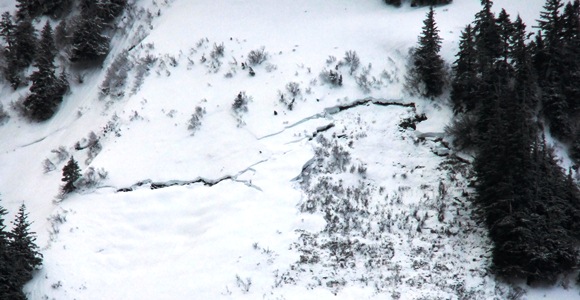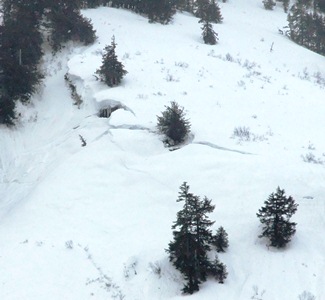
Powerful winter storms, extreme cold, heavy snow, freezing rain and avalanches – that’s the winter Alaska has already had.
So last week most communities were prepared for table-top exercises testing the statewide coordination and communications capabilities of federal, state and local emergency responders, the military, some utility providers and the University of Alaska.
Alaska Shield 2012 ended Sunday. It began a week ago with a powerful winter storm to result in 100 mile-an-hour winds in Unalaska, avalanches in Juneau, and plummeting temperatures elsewhere. The storm was to be so mighty that city water lines would freeze, natural gas would be disrupted, there would be power outages, roads closed, trains derailed and fires.
The drills called for Anchorage, MatSu, the Kenai and Fairbanks residents to be without heat and water. Kodiak would lose communication.
In the capital city, the scenario was snow – sliding off the mountains. CBJ Emergency Program Manager Tom Mattice and public safety responders practice often for the real thing.
“The Juneau scenario is actually a large-scale avalanche that comes down and completely crosses Egan Drive,” Mattice said.
Just the week before Alaska Shield, though on a smaller scale, a real avalanche closed Juneau’s Thane Road and there were numerous avalanche paths sliding in the mountains around town.

“Even if we had had a large scale event last week, the boots on the ground that are going to be out saving lives, they already know what’s going on,” Mattice said.
Each community adapted the scenario to fit what it needed to test. In Juneau, for example, Mattice brought together emergency operations center staff, who would be commanding the boots on the ground and coordinating with emergency managers statewide.
According to Alaska Emergency Management Director John Madden, some problems occurred, particularly in communications, and the point was to quickly correct them.
“We’re trying to build up our ability to perform the mission wherever it happens when the real event happens,” Madden said.
“Seems as though we’ve had real events all winter,” I noted.
“I started out with this overarching scenario about a year and a half ago, and I think I predicted far too accurately,” Madden said. “We had the Prince William Sound storms, the adventure with the Coast Guard ice breaker going up to Nome, and all the extreme cold we had throughout most of the state. I may stop predicting!”
The scenario was so real that Cordova and Valdez decided not to participate in Alaska Shield 2012. They’re still dealing with the impact of hundreds of inches of snow in early January.
Madden says Alaska Shield was preparing emergency responders for the right things.
“Oddly enough, we did a tsunami workshop and evacuation just a few months before the Japanese tragedy. We had something set up for December simulating a widespread Bering Sea storm, which hit in November,” Madden said.
If such bad weather were to strike, suddenly there would be need for statewide warnings, emergency management, shelters for large numbers of people, medical care, and utility repairs. And in each community, the University of Alaska has a presence. Rick Forkel is UA Emergency Management Director.
“Those of us at the campus would be dealing with the issue of student housing units and people and sheltering them temporarily anyway and having the ability to assess what the impacts going of all of our buildings being without power for who knows how long,” Forkel said.
He said UA also needed to test the campus incident management teams on each campus as well as statewide communications.
The Alaska Shield exercises bring everyone together under the state’s emergency operations center. The 2012 drill is leading up to Alaska Shield 2014. That’s the 50th anniversary of Alaska’s great earthquake and tsunami, when there were catastrophic failures in multiple communities that required statewide response.
